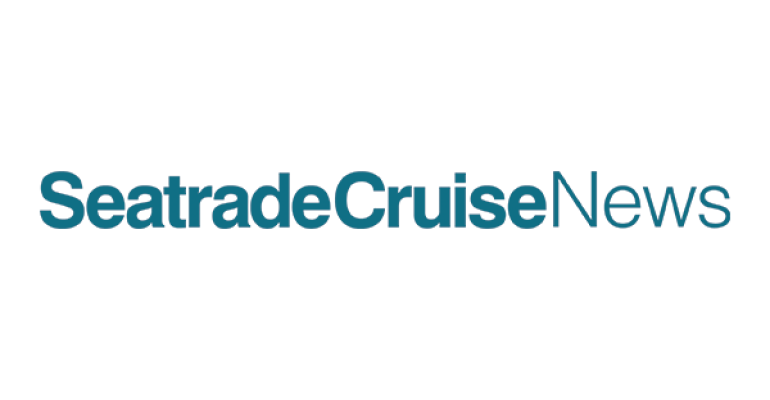Moderator Tom Strang, who leads Carnival Corporation’s pioneering efforts in LNG propulsion, asked each panelist to react to this statement. Strang framed the discussion with a number of observations including concerns about dropping energy prices, the pending sulfur cap reductions, the availability of LNG, and the continuing emergence of rules on bunkering.
Aziz Bamik, a fuels expert from session sponsor GTT North America first provided a background on LNG shipping, saying that: ‘…the industry is ready and the transition has started.’ In his view, the technological piece is the easy part- ‘I don’t see any show stoppers,’ is how he phrased it
But two issues permeated the hour-long discussion; these are human concerns (training, certifications for specialized operations), and questions related to bunkering while vessels are simultaneously discharging and receiving passengers.
Participants throughout the session pointed to successes in the ferry area- notably Viking Line’s Viking Grace, with Fred Danska, direct cruise business at Wartsila (provider of the vessel’s propulsion system), suggesting that the industry will need commonality - for example in connectors and couplings for gas fueling. Much work needs to be done- with Bamik saying ‘We need to be open to innovation.’
Such innovation includes an LNG bunkering barge now under construction in the US Gulf for containership operator TOTE. Importantly, a bespoke simulator and training program are being developed. Infrastructure build-out was also emphasized in the remarks of John Grubic, LNG biz development Americas for Shell - who said that the oil major was looking at markets that include south Florida, where – ‘we are looking at how to best serve the cruise market.’
On the regulatory front, Commander Jason Smith, an LNG expert from the US Coast Guard, said that his agency is ‘…working very hard on all aspects of LNG as a marine fuel, both design and operation’ and conducting numerous risk-based assessments. After noting the exemplary safety and environmental record in the LNG shipping sector he cautioned that: ‘We need to maintain the gold standard and high bar,’ as the cruise industry transitions to LNG. Commander Smith, alluding to possible issues of methane slip, said ‘We need to keep it clean.’
Panelist Eric Linsner, a gas carrier veteran, and LNG/LPG specialist general manager International Registries, said, ‘We believe the cruise industry needs to share best practices with the gas carrier industry,’ along cruising’s path to LNG.
He emphasized his involvement with CLIA in sharing best practices from the gas carrier side of the business, adding that, ‘We see newbuilds as the most likely candidates for LNG fueling.’
Linsner said that consistency of rules and standards is important; he cited the regulations being developed by the Society for Gas as a Marine Fuel, an NGO which liaises with the International Standards Organization. He also praised work done at the IMO on the IGF Code- adopted in 2015, and the pending addition of LNG handling to the STCW’s maritime training standards.
Panelist Paolo Moretti, general manager marine at RINA, reiterate the importance of a common regulatory framework; like Linsner, he saw LNG solutions as being most viable for cruise industry newbuilds.
Copyright © 2024. All rights reserved. Seatrade, a trading name of Informa Markets (UK) Limited. Add Seatrade Cruise News to your Google News feed.


